
The Harp | A Minute with Miles
Audio
Here's a little secret: harpist don't use their pinkies even though they have 47 strings to play. In today's episode, Miles Hoffman describes how the Harp is played.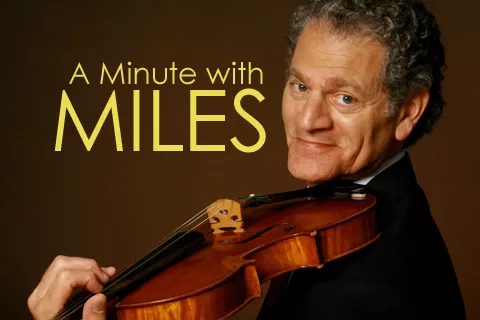
How did the piano get its name? Why can’t you “reach” a crescendo? Who invented opera—and why—and how do you pronounce “Handel”? These and countless other classical music questions are answered on South Carolina Public Radio’s A Minute with Miles.
Hosted by longtime NPR commentator Miles Hoffman, the segments inform and entertain as they provide illuminating 60-second flights through the world of classical music. (Photo: Mary Noble Ours)
PHOTO CREDITS: 123rf.com (purchased) and Pixabay.com

Audio
Here's a little secret: harpist don't use their pinkies even though they have 47 strings to play. In today's episode, Miles Hoffman describes how the Harp is played.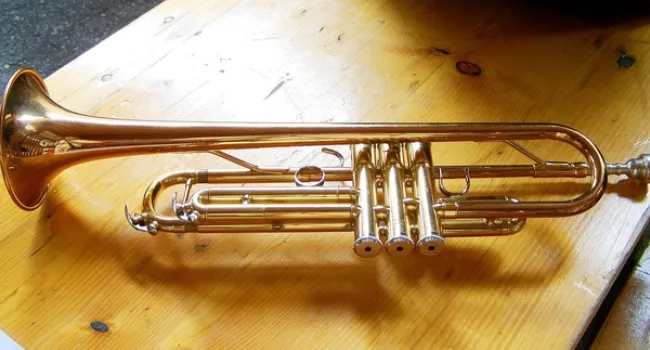
Audio
The Trumpet is the highest pitched and most brilliant member of the brass family. Miles Hoffman discusses the history of the trumpet.
Audio
When the dance known as the waltz first became popular in Europe in the late 1700's and early 1800's, it was considered by many to be the ultimate in lewdness and licentiousness.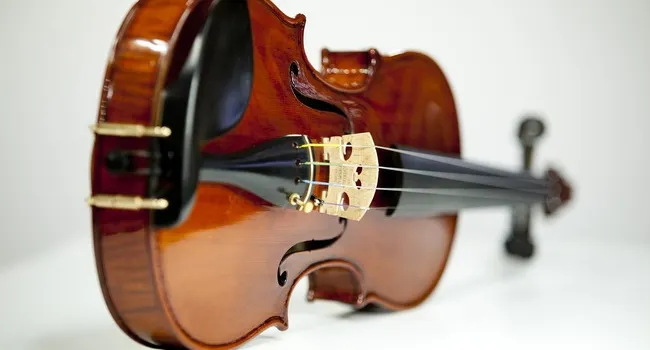
Audio
When violinists play, their left hands always seem to shake. But it’s not because they’re nervous. Violinists, violists, cellists, and double bass players all use a technique called vibrato.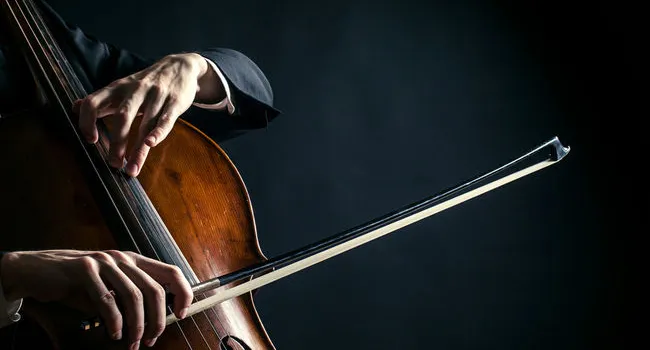
Audio
Yesterday I talked about vibrato, the technique that string players use—rocking the fingers of their left hands back and forth to create small oscillations in pitch that result in a warmer, more...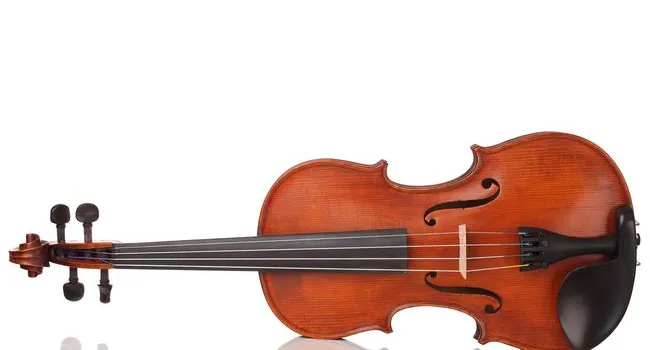
Audio
I’ve been talking this week about vibrato, the vibrato that string players use to warm up their sounds, and the vocal vibrato that’s the natural product of healthy singing. All vibrato consists of...
Audio
In operatic singing, there are three principal voice types for women. From high to low, they are soprano, mezzo-soprano—mezzo meaning “middle” in Italian—and contralto. The ranges of these voices...